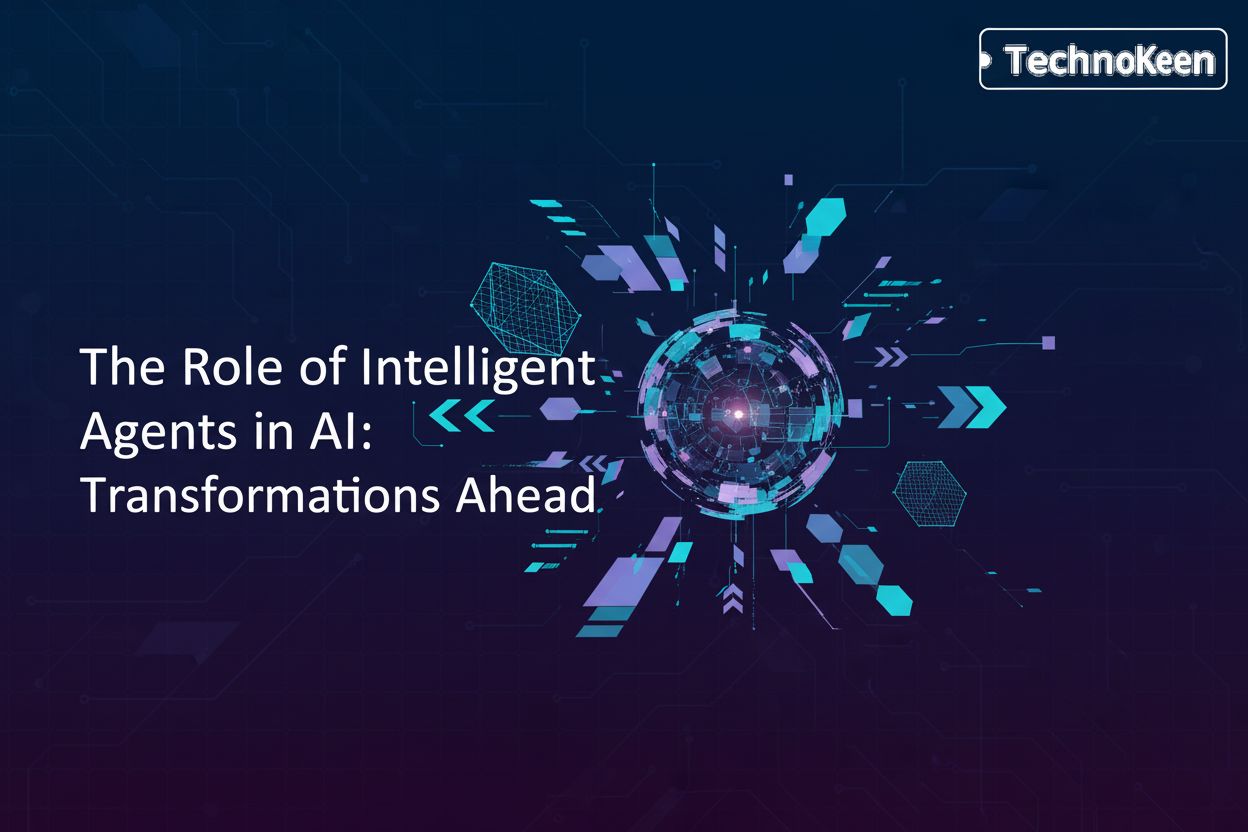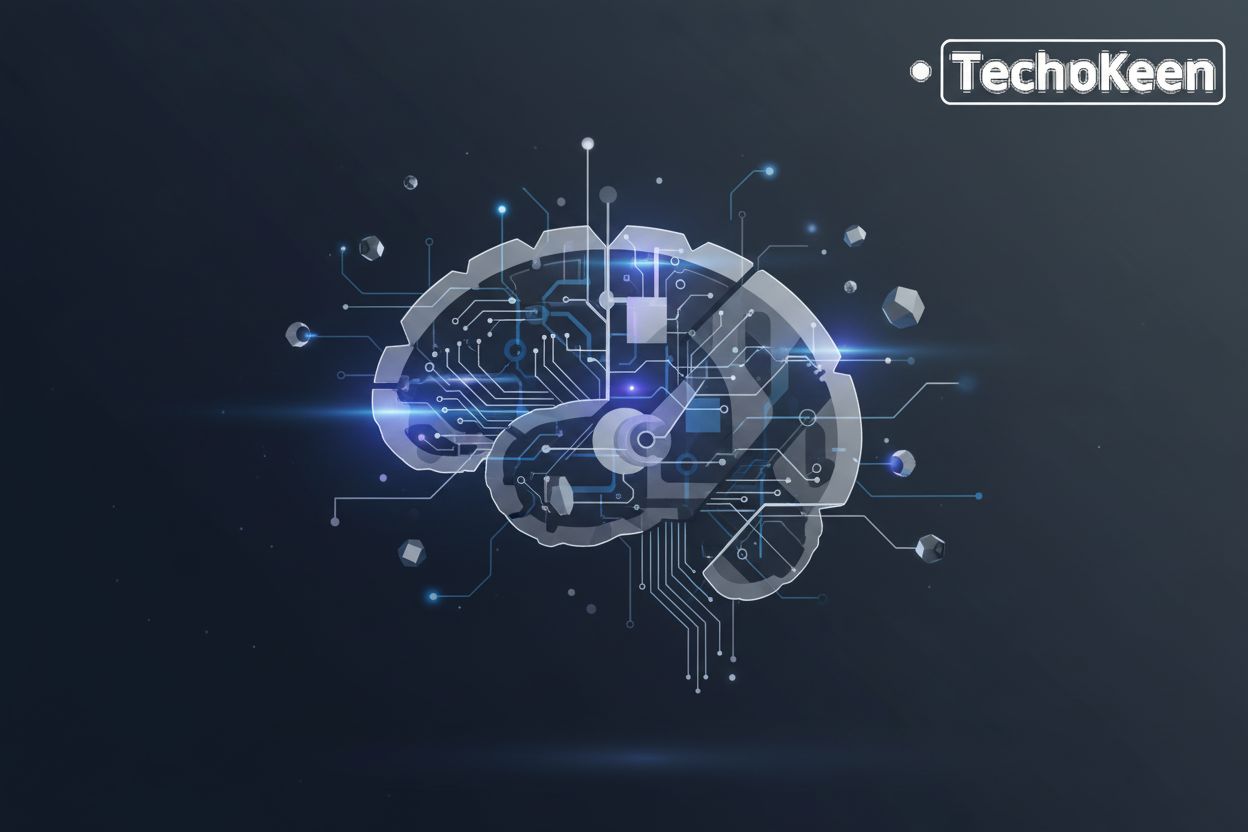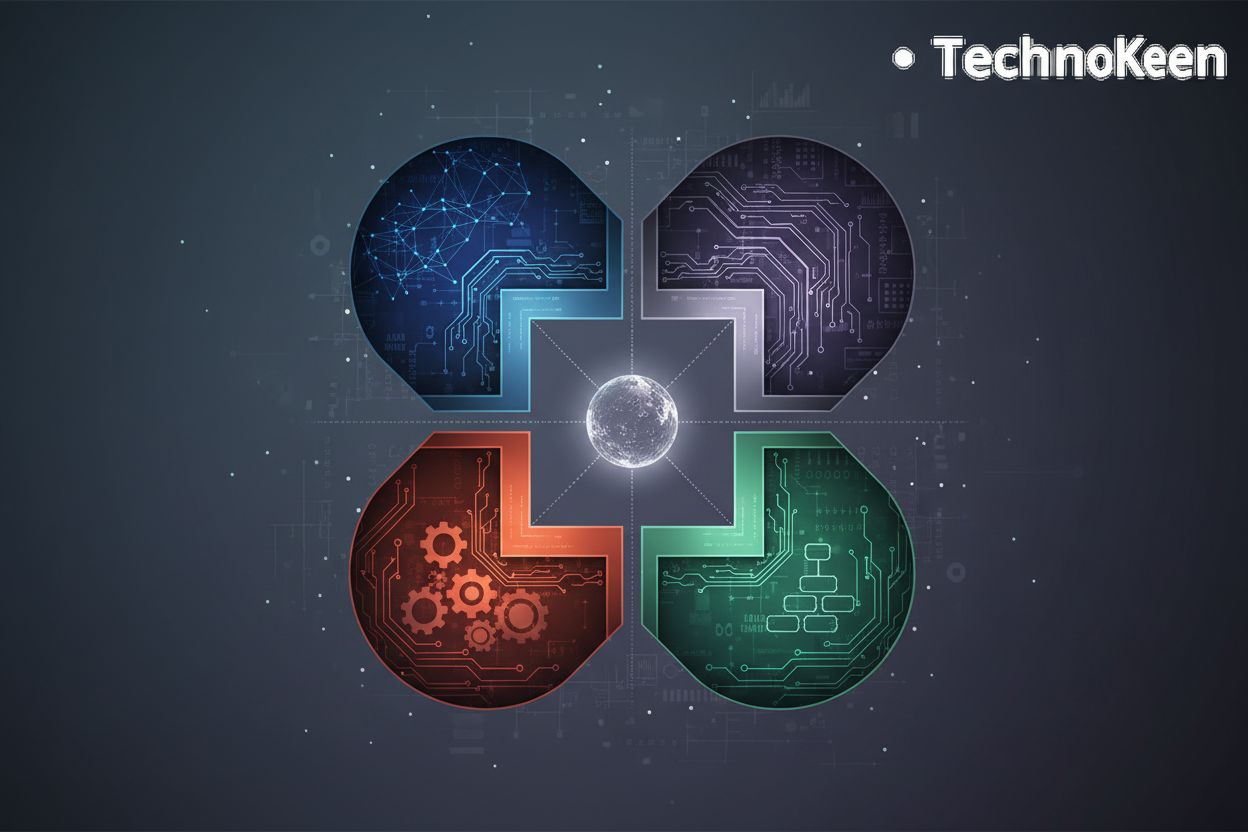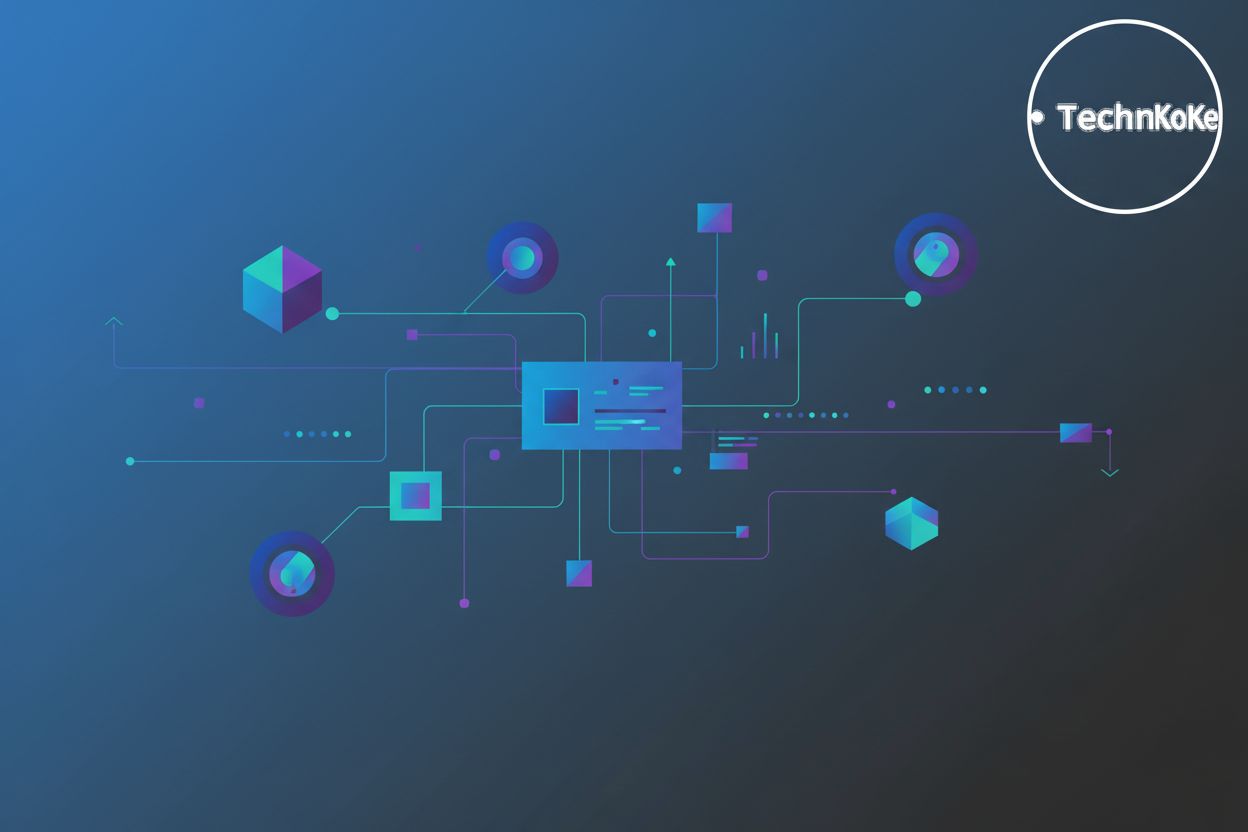AI Agent Observability: Ensuring Performance, Security, and Compliance in Automated Workflows
TL;DR
Understanding AI Agents and the Need for Observability
AI agents are rapidly changing how businesses operate. (How AI Agents Are Transforming Business Operations Today) But how do we ensure these autonomous systems are secure, compliant, and performing as expected?
AI agents are autonomous systems that can perceive their environment, make decisions, and take actions to achieve specific goals. GreeLogix defines them as having key characteristics such as:
- Autonomy: Operating independently
- Reactivity: Responding to environmental changes
- Proactivity: Initiating actions to achieve goals
- Social Ability: Interacting with other agents or humans. This means they can communicate and collaborate, maybe even with each other or us, to get stuff done. Think of them as little digital team players.
For example, in customer service, AI agents can automate responses and handle inquiries efficiently, as noted by Langfuse.
Monitoring AI agents presents unique challenges due to their autonomous nature. Observability provides the ability to monitor, understand, and analyze an AI agent’s behavior across different stages, according to Zenity. This is crucial for:
- Security: Protecting against manipulation and exploitation
- Compliance: Ensuring transparency in decision-making
- Performance: Pinpointing and fixing unexpected behaviors
As AI agents become more integrated into workflows, understanding their internal operations becomes essential. In the following sections, we'll explore how to achieve comprehensive observability for AI agents.
Key Challenges in Achieving AI Agent Observability
AI agents are revolutionizing industries, but ensuring their reliability can be tricky. One major hurdle is the complexity of data flows. These autonomous systems pull information from many sources, creating potential risks.
- Data Integration: AI agents often integrate data from various sources – think databases, APIs, user inputs, and even other ai systems. When this data is inconsistent, incomplete, or just plain wrong, it can lead to the agent making bad decisions or generating misleading information. For instance, an ai agent trying to provide financial advice might pull outdated stock prices from one source and current market sentiment from another, leading to a recommendation that’s completely off. This can really mess things up.
- Security Vulnerabilities: With all these complex data flows, there are more places for bad actors to get in. Think about things like injection attacks where someone might try to feed malicious data into the agent's input to make it do something it shouldn't. Or maybe data poisoning, where the training data itself is tampered with, causing the agent to learn incorrect or harmful behaviors. If an agent has access to sensitive information, these vulnerabilities could lead to serious data breaches.
- Monitoring Challenges: It's tough to keep an eye on everything when an ai agent is constantly processing information from so many different places. You need to track not just what the agent does, but also why it does it, and what data it used to get there. This is especially true for real-time monitoring. If an agent is making decisions in milliseconds, you need to be able to see what's happening right now to catch problems before they escalate. It's like trying to watch a dozen different TV channels at once – you might miss something important.
Next, we'll dive into the challenges of real-time monitoring.
Strategies for Implementing AI Agent Observability
AI agents are transforming industries, but how can we ensure they operate as intended? Implementing effective observability strategies is key to achieving this.
Start by dissecting the AI agent's architecture. According to Zenity, focus on:
- Knowledge: Identify data sources and their trustworthiness. Where is the agent getting its information, and can you rely on it?
- Actions: Catalog the agent's capabilities. What can it actually do?
- Permissions: Define the agent's access levels. What data and systems can it interact with?
- Triggers: Understand what activates the agent. What events or conditions make it start working?
- Topic & Context: Clarify the agent's purpose and associated risks. What is it supposed to be doing, and what could go wrong?
Next, monitor the agent's operations to detect anomalies. Key areas to track include user interactions, data sources, decision pathways, and the risk associated with agent responses. This is where real-time monitoring really comes into play. You need to be able to see what's happening as it happens, so you can spot weird behavior or potential issues immediately.
Continuously analyze AI behavior during both development and runtime. By understanding how data moves, you can uncover potential attack vectors and exploited vulnerabilities. This ongoing analysis helps you stay ahead of problems.
With these strategies in place, you can proactively manage AI agents. In the next section, we'll explore the tools and frameworks available for ai agent observability.
Tools and Frameworks for AI Agent Observability
AI agent observability is more accessible than ever, thanks to a range of tools and frameworks. These resources help developers monitor, manage, and optimize their AI agents. Let's explore some options.
Several open-source frameworks can assist you in building complex AI agent applications. These include:
- LangGraph: An open-source framework by the LangChain team that helps build multi-agent applications. LangGraph includes built-in persistence to save and resume state.
- Llama Agents: This framework simplifies building and deploying multi-agent AI systems. It also helps turn your agents into production microservices.
- OpenAI Agents SDK: A framework for building and orchestrating AI agents. It allows you to capture detailed traces of agent execution.
For simpler prototypes, no-code builders offer a great starting point. Consider these options:
- Flowise: A no-code builder that lets you create customized LLM flows with a drag-and-drop editor.
- Langflow: A UI for LangChain to experiment and prototype flows effortlessly.
- Dify: An open-source LLM app development platform to build AI agents easily.
With a variety of tools available, you can select the best fit for your project.
Best Practices for AI Agent Observability
AI agent observability isn't just a luxury; it's a necessity for reliable and secure operations. By adopting a proactive approach, you can ensure your AI agents perform optimally and align with your business goals.
- Prioritize Security: Build security into your observability strategy from the start. This means implementing strict access controls so only authorized personnel can view sensitive data or agent logs. Encrypting data both in transit and at rest is also super important. And don't forget regular security audits to catch any weak spots before someone else does.
- Monitor Continuously: Implement ongoing monitoring processes to adapt to evolving threats. You should be tracking key metrics like response times, error rates, and resource utilization. Setting up anomaly detection systems can alert you to unusual patterns in agent behavior that might indicate a problem or an attack. Think of it as having a constant watchful eye.
- Encourage Collaboration: Foster communication between teams to share insights. Getting developers, security folks, and operations teams talking to each other is crucial. Setting up shared dashboards where everyone can see the same observability data helps everyone stay on the same page and work together to solve problems faster.
With these best practices, you'll be well-equipped to manage and optimize your AI agents effectively.




